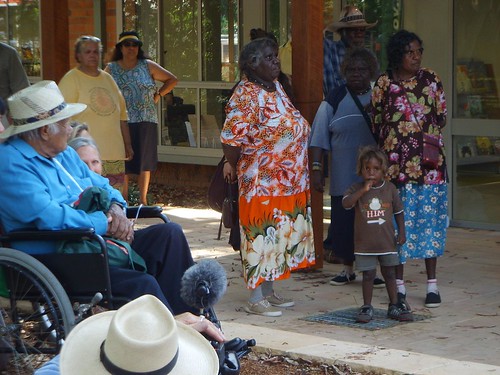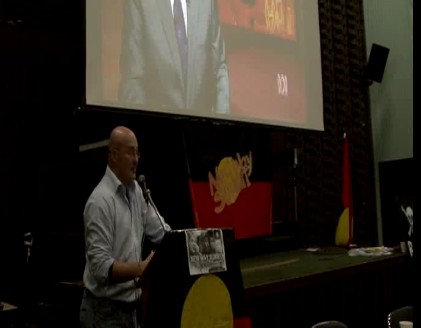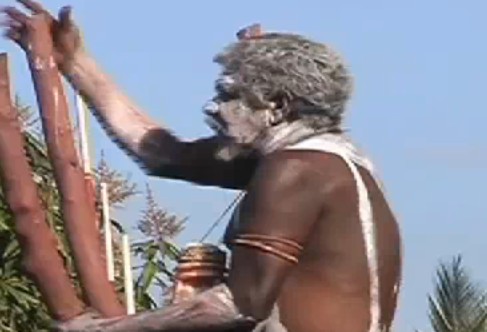 The Pitjantjatjara are an Indigenous Peoples located in the Central Australian desert. They are closely related to the Yankunytjatjara and Ngaanyatjarra and their languages are, to a large extent, mutually intelligible.
The Pitjantjatjara are an Indigenous Peoples located in the Central Australian desert. They are closely related to the Yankunytjatjara and Ngaanyatjarra and their languages are, to a large extent, mutually intelligible.
The name ‘Pitjantjatjara’ derives from the word pitjantja, a form of the verb ‘go’ which, combined with the comitative suffix -tjara means something like ‘ pitjantja-having’ (i.e. the variety that uses the word pitjantja for ‘go’).
The Pitjantjatjara refer to themselves as Anangu (people). Pitjantjatjara country is mostly in the north-west of South Australia, extending across the border into the Northern Territory to just south of Lake Amadeus, and west a short distance into Western Australia. The land is an inseparable and important part of their identity, and every part of it is rich with stories and meaning to Anangu.
They have, for the most part, given up their nomadic hunting and gathering lifestyle but have retained their language and much of their culture in spite of increasing influences from the broader Australian community.
Today there are still about 4,000 Anangu living scattered in small communities and outstations across their traditional lands, forming one of the most successful joint land arrangements in Australia with Aboriginal Traditional Owners.
Text adapted from Wikipedia’s article on the Pitjantjatjara people



